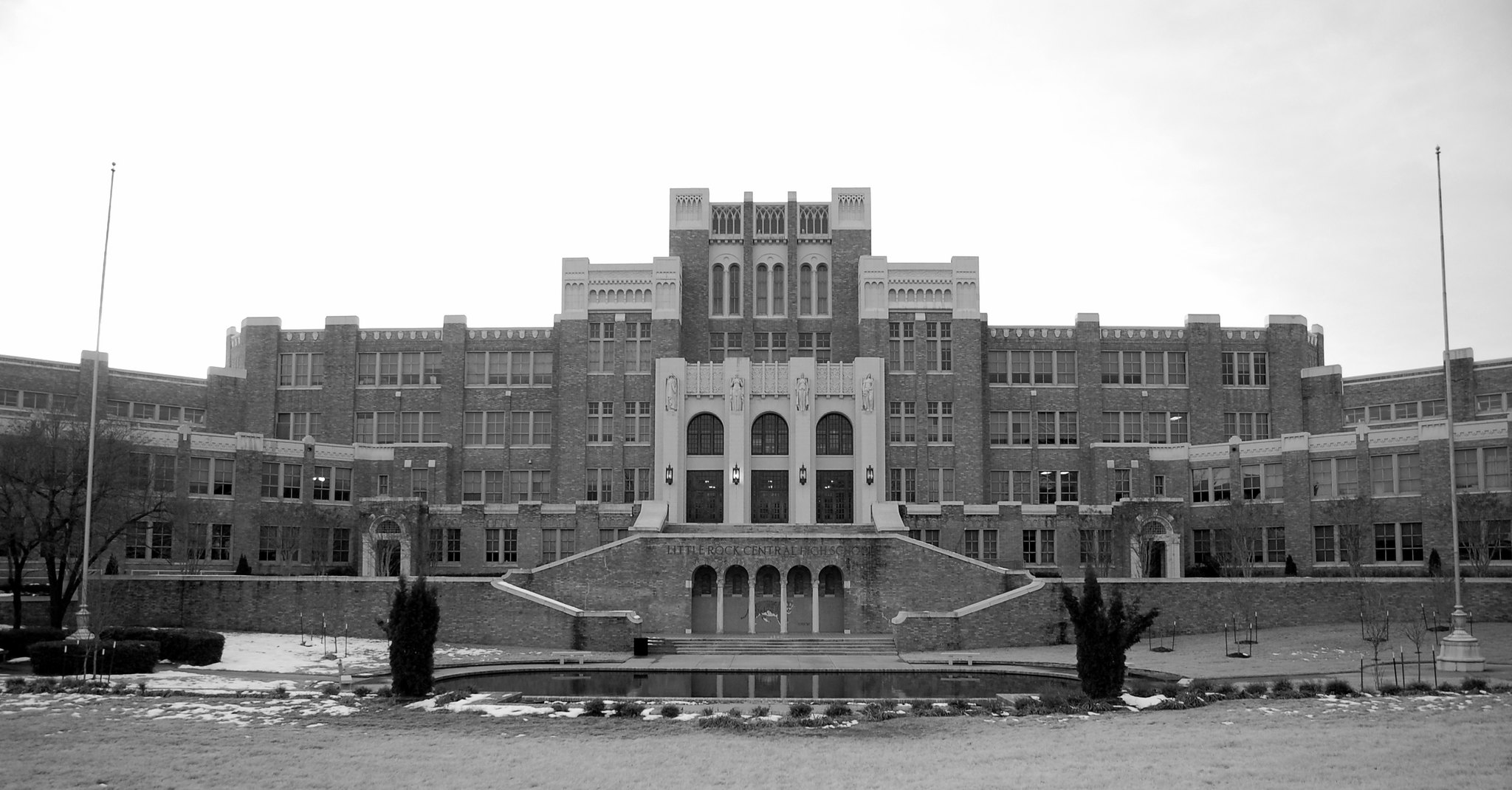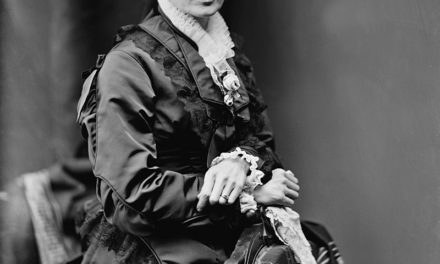World History
- The Philippines Achieves Independence (June 12, 1898)
On June 12, 1898, the Philippines declared independence from Spain, a significant milestone in the nation’s struggle for freedom. This event marked the end of 333 years of Spanish colonization and began a new chapter in the country’s history. Today, Filipinos worldwide commemorate this day as Philippine Independence Day.
- The Start of the Watergate Scandal (June 17, 1972)
June 17, 1972, marked the beginning of the Watergate scandal when five men were arrested for breaking into the Democratic National Committee headquarters at the Watergate office complex in Washington, D.C. This event ignited a series of investigations that ultimately led to the resignation of President Richard Nixon, marking one of the most significant political scandals in American history.
- The Soweto Uprising in South Africa (June 16, 1976)
The Soweto Uprising, a series of protests led by black schoolchildren in South Africa, began on June 16, 1976. The students were demonstrating against the apartheid government’s policy of mandatory education in Afrikaans. The protests turned violent when police opened fire on the students, marking a significant turning point in the anti-apartheid movement.
- The Formation of the International Criminal Court (June 17, 1998)
The International Criminal Court (ICC) was established on June 17, 1998, when 120 countries adopted the Rome Statute. The ICC is the first permanent international court established to adjudicate cases of genocide, war crimes, crimes against humanity, and the crime of aggression, marking a significant step forward in the international legal system.
Northeast Ohio History
- The Dedication of the Hope Memorial Bridge (June 13, 1932)
One of the city’s iconic landmarks, the Hope Memorial Bridge (originally named the Lorain-Carnegie Bridge), was officially dedicated on June 13, 1932. This art deco-style bridge connects the city’s east and west sides, featuring the famous “Guardians of Traffic” statues. The bridge embodies Cleveland’s industrial heritage and its resilience amidst economic shifts.
- The Formation of the Cleveland Orchestra (June 15, 1918)
On June 15, 1918, the world-renowned Cleveland Orchestra was established. Its first concert was held later in the year at Grays Armory, under the baton of Nikolai Sokoloff. Over the decades, the orchestra has become one of the leading symphony orchestras in the world, contributing significantly to Cleveland’s cultural landscape.
- The Launch of the Great Lakes Exposition (June 16, 1936)
On June 16, 1936, the Great Lakes Exposition was launched in celebration of the centennial year of Cleveland’s incorporation as a city. This grand exposition attracted millions of visitors over its two summer runs in 1936 and 1937, showcasing advancements in technology, industry, and culture. The exposition left a lasting legacy, including the development of the city’s lakefront area.
- The Inauguration of Cleveland’s Public Power Plant (June 18, 1935)
On June 18, 1935, Cleveland’s municipally owned and operated power plant, known today as Cleveland Public Power, was inaugurated. This marked a critical step in establishing Cleveland’s independence from private power monopolies, highlighting the city’s commitment to providing affordable and reliable services to its residents.
- The Founding of the Rock and Roll Hall of Fame (June 14, 1983)
On June 14, 1983, plans for the Rock and Roll Hall of Fame were announced, and Cleveland was later chosen as the site for this iconic institution, which officially opened in 1995. The museum recognizes and archives the history of the best-known and most influential artists in the rock and roll genre, drawing music lovers from around the world to Cleveland’s vibrant music scene.






